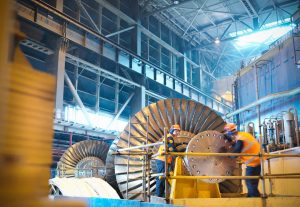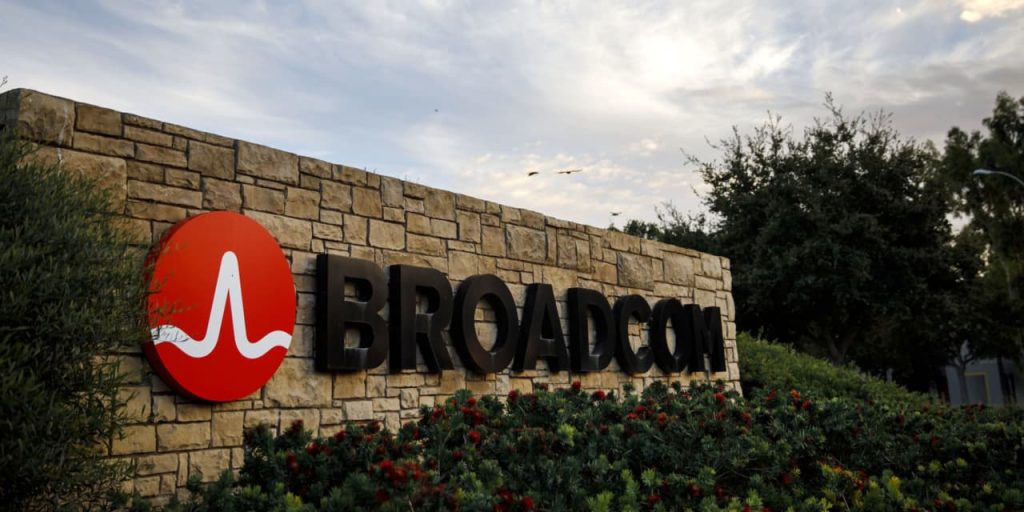Long ago, before fund categories existed, managers could buy almost any security they believed would produce the best returns. Funds weren’t pigeonholed as large-cap growth, small-cap value, or high yield. They were just go-anywhere funds with managers seeking attractive returns wherever they could find them.
Nowadays, with thousands of mutual and exchange-traded funds specializing in narrow market sectors, those free-ranging fund managers are a rarity. Margaret Patel is one of the last. The lead manager of
Allspring Diversified Capital Builder
(ticker: EKBAX) invests in everything from high-quality blue chips like
Alphabet
(GOOGL) and small industrial stocks like
Timken
(TKR) to Treasury, high-yield, and convertible bonds.
That flexibility has paid off. Patel’s fund has beaten 99% of its peers in Morningstar’s Moderately Aggressive Allocation fund category in the past 15 years, with a 12.0% annualized return versus the category’s 8.8% average. She also has beaten her peers both in 2022’s downturn and in this year’s rocky market. The $1.1 billion fund has a 1.10% expense ratio for its retail A-share class, slightly above the category’s 1.03% average. Though it charges a 5.75% load, it is available without one at many brokers, including Fidelity and Charles Schwab.
Patel has been managing money for over 40 years, but before the Allspring fund launched in 2007, she mainly focused on high-yield bonds. While she considered high yield a “fundamentally mispriced sector” that was too cheap for much of her career, she thought that “one day, the party is going to be over for high yield. When that time comes, I don’t want to be managing pure high yield because there’ll be nowhere to go.”
Although Patel still believes high-yield bonds offer the best value in the fixed-income market, she no longer feels they offer competitive returns with equities. The fund’s asset-allocation strategy ranges between 70% to 90% in stocks and 10% to 30% in fixed income. Despite a significant increase in bond interest rates since the start of 2022, Patel’s recent 16% high-yield weighting is less than the fund’s blended benchmark of 75% in the Russell 1000 index and 25% in the ICE BofA U.S. Cash Pay High Yield index.
| Total Return | |||
|---|---|---|---|
| YTD | 5-Yr | 15-Yr | |
| EKBAX | 11.4% | 9.6% | 12.0% |
| Moderately Aggressive Allocation Fund Category | 6.1 | 6.1 | 8.8 |
| Top 10 Equity Holdings | |||
| Company / Ticker | Weighting | ||
| Alphabet / GOOGL | 5.7% | ||
| Broadcom / AVGO | 5.3 | ||
| Amphenol / APH | 4.3 | ||
| Advanced Micro Devices / AMD | 3.9 | ||
| Leidos Holdings / LDOS | 3.8 | ||
| Timken / TKR | 3.0 | ||
| Marvell Technology / MRVL | 2.9 | ||
| Microchip Technology / MCHP | 2.9 | ||
| Motorola Solutions / MSI | 2.4 | ||
| L3Harris Technologies / LHX | 2.4 | ||
| Total: | 36.6% |
Note: Holdings as of Sept. 30. Returns through Nov. 13; five- and 15-year returns are annualized.
Sources: Morningstar; Allspring Global Investments
While many investors are snapping up Treasury bonds yielding 5%, Patel sees no point in owning them. “I don’t think that equities are richly priced compared with Treasuries,” she says. “Long term, equities return about 10%. Why settle for 5% that can’t really go anywhere?” High-yield bonds on average currently yield about 9%, good even if one factors in some defaults—but not as appealing to Patel as the 55 to 70 high-quality growth stocks that she typically holds.
The fund’s bond allocation kicks off some income to investors, but it also acts as a diversification and risk-control tool. That’s because Patel often invests in different kinds of companies on the portfolio’s bond side than on its stock side. As of Oct. 31, for instance, the fund had only a 7.2% weighting in healthcare stocks, compared with the Russell 1000’s 12.5% and down from a 27% weighting at the start of 2022. “We’ve really cooled off on the healthcare sector in stocks,” Patel says. “But in our bond sleeve, healthcare is one of our largest exposures.”
While healthcare’s growth prospects may be muted because of increased regulatory pressures on drug prices and declining Covid revenue, the sector tends to have stable cash flows, as people need medical treatment regardless of economic conditions. That makes it a defensive sector. “Equities in healthcare are kind of dead money,” Patel says. “But as bonds, they’re still great securities. You can be sure they’re going to continue to pay the coupon.”
A good example of a healthcare bond position in the fund is
DaVita
(DVA), the dialysis company. Although rated only BB by Standard & Poor’s because of its high leverage, DaVita should be assured of continued business from dialysis patients. Yet the fund doesn’t own its stock. Similarly, the fund holds only the debt of
AMN Healthcare Services
(AMN), which provides nurse staffing for hospitals. Hospitals have long suffered from staffing shortages, so business is steady.
Patel argues that the recessionary default risk of junk bonds today is low. “The high-yield market has never been in better shape in its history,” she says. That’s because junk-rated companies used the previous period of low interest rates to borrow cheaply and extend the maturities of their debt so they don’t have to refinance anytime soon. “Companies’ balance sheets are better,” she says.
In stocks, Patel favors the tech sector, which makes up 45% of the fund’s equity portfolio. “I love the semiconductor space,” she says. The fund holds market favorites like
Nvidia
(NVDA), but at a much smaller 1.4% weighting than cheaper chip stocks like
Broadcom
(AVGO), the fund’s second-largest holding at 5.3%, and
Marvell Technology
(MRV) at 2.9%. In the dot-com bubble days, the chip sector suffered from overcapacity. Patel thinks the pattern won’t repeat and now the sector can hold up even in economic downturns, instead of undergoing cyclical booms and busts.
She favors Broadcom because it’s a well-managed company and broadly diversified in the chip sector: “They’ve had a great track record for [making] acquisitions to diversify their business. They also pay a dividend, which is good proof that they are confident in their cash flow.” The stock’s 1.9% dividend yield beats the 1.6% of the average stock in the S&P 500, unusual for a growthy tech company.
On the other end of the valuation spectrum, the fund has a 29% industrial stock weighting. One top holding is
Timken
(TKR), a manufacturer of highly engineered bearings, belts, and drives used in everything from power transmissions in cars to the CERN supercollider in Switzerland. Like many managers, Patel believes that after decades of outsourcing to countries like China, the U.S. is reshoring its industrial base. Companies such as Timken, which make parts essential to manufacturing, should benefit.
It also has a price/earnings ratio of only 10, compared with the 93 P/E of Nvidia.
Email: [email protected]
Read the full article here















